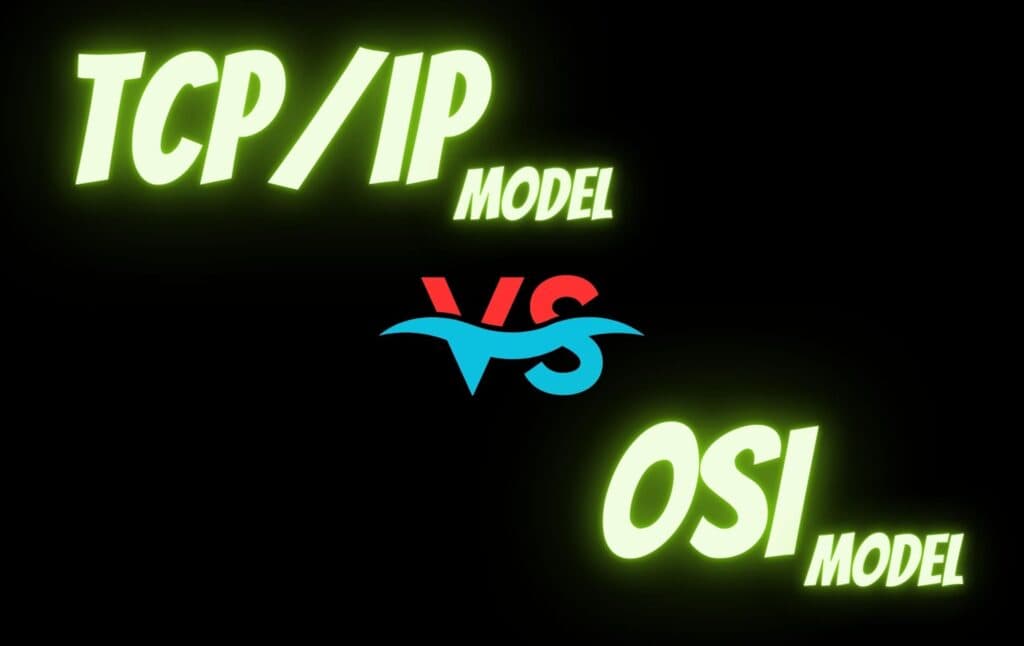OSI Model
• Overview:
The OSI (Open Systems Interconnection) model is a conceptual framework that defines how network protocols should interact and communicate with each other. It consists of seven layers that represent different functions and tasks in a network.
• Layers:
– Physical
– Data Link
– Network
– Transport
– Session
– Presentation
– Application
• Protocols:
Each layer in the OSI model is associated with specific protocols that define its functions. Some commonly used protocols include Ethernet, TCP/IP, IPX/SPX, and HTTP.
• Functionality:
The OSI model focuses on providing a standardized approach to networking, allowing different systems to communicate with each other. It emphasizes the separation of concerns, with each layer handling specific tasks such as error detection, routing, and encryption.
• Key Characteristics:
– Provides a hierarchical and modular approach, enabling easier management and troubleshooting of network protocols.
– Facilitates interoperability between different vendors and systems, promoting a diverse networking ecosystem.
– Allows for the development of standardized protocols, ensuring consistency and compatibility across networks.
– Promotes a comprehensive understanding of network functionality and interactions.
• Advantages:
– Provides a framework for the integration of new protocols and technologies.
– Enables the integration of new technologies and protocols into the network architecture.
– Encourages interoperability between different vendors and systems, promoting a diverse and competitive networking ecosystem.
– Facilitates protocol standardization and encourages the development of compatible networking devices.
• Disadvantages:
– The seven-layer structure can be complex, leading to potential confusion and difficulties in implementation.
– The theoretical nature of the model may not align precisely with real-world network implementations.
– OSI protocols are less commonly used on the internet, which can lead to compatibility issues.
– Implementation of the entire OSI model may not be practical or necessary for every network.
For a visual demonstration of the concept discussed, you can check out this YouTube video: https://www.youtube.com/watch?v=Ca1jnqwqzg0
TCP/IP
• Overview:
The TCP/IP (Transmission Control Protocol/Internet Protocol) model is a practical implementation of network protocols used on the internet. It is a four-layered model that provides the foundation for data transmission over the internet.
• Layers:
– Network Interface
– Internet
– Transport
– Application
• Protocols:
The TCP/IP model employs various protocols such as Ethernet, IP (Internet Protocol), TCP (Transmission Control Protocol), UDP (User Datagram Protocol), HTTP (Hypertext Transfer Protocol), and FTP (File Transfer Protocol).
• Functionality:
The TCP/IP model is primarily designed for the internet and emphasizes end-to-end communication. It ensures reliable and secure transmission of data packets across the network by incorporating error checking, flow control, and congestion control mechanisms.
• Key Characteristics:
– Widely used and compatible with the internet, making it the de facto standard.
– Efficient and optimized for data transmission over the internet.
– Incorporates built-in mechanisms for error detection, flow control, and congestion control.
– Supports a wide range of application protocols, allowing for diverse services on the internet.
• Advantages:
– Supports dynamic addressing and routing, allowing for flexible network configurations.
– Simplifies network administration and management, particularly in large-scale environments.
– Streamlined model that contributes to faster data transmission.
– Seamless integration of the internet with various applications and services.
• Disadvantages:
– Lack of strict separation between layers, leading to potential overlaps or ambiguities.
– Relatively limited scalability, especially in large-scale networks with high traffic.
– Security vulnerabilities can arise due to the open nature of the internet.
– Limited support for real-time applications that require strict quality of service.
For a visual demonstration of the concept discussed, you can check out this YouTube video: https://www.youtube.com/watch?v=2QGgEk20RXM
You may also like:
https://hackedyou.org/http-status-codes-explained-all/
https://hackedyou.org/what-is-a-cdn-and-how-does-it-work/
https://hackedyou.org/dns-resolver-explained/
https://hackedyou.org/understanding-network-topology/
https://hackedyou.org/10-important-browser-cookies/
https://hackedyou.org/everything-about-internet-cookies/
https://hackedyou.org/network-protocols-types-and-uses/
https://hackedyou.org/hackers-exploiting-open-ports/
https://hackedyou.org/client-server-model/
https://hackedyou.org/ip-addresses-basics-explained/
https://hackedyou.org/top-20-networking-fundamentals-for-hackers/
https://hackedyou.org/artificial-intelligence-transforming-cybersecurity/
https://hackedyou.org/top-10-major-cybersecurity-threats-in-2023/
https://hackedyou.org/mastering-cybersecurity-2023-ultimate-guide/








